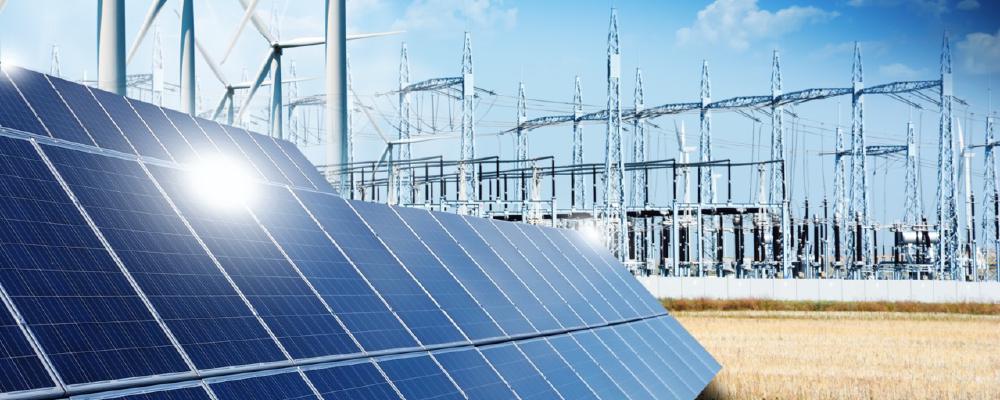Optimizing
As we move towards a more sustainable future, optimizing our electric consumption is becoming increasingly important. Not only can it help to reduce our impact on the environment, but it can also help to save money on electricity bills.
Having access to data, knowledge, and information about electrical consumption is crucial for making informed decisions when optimizing electric consumption. By analyzing consumption patterns, identifying inefficiencies, and implementing energy-saving strategies, businesses can reduce costs and improve energy efficiency. This requires a comprehensive understanding of the electrical ecosystem, including equipment, usage patterns, and pricing structures. By leveraging this knowledge, businesses can make data-driven decisions that result in significant cost savings and environmental benefits.
Measurement and data in itself does not reduce energy consumption. It is method that provides information that must be analyzed and transformed into opportunities for action.
Remote management enables you to control electricity consumption manually, by scheduling or automatically.

Eliminating unnecessary electricity consumption enables 100% energy savings. An example of unnecessary electricity consumption in an industrial water pump could be an oversized pump that operates at full capacity all the time, even though the demand for water is much lower. This results in excess energy consumption and higher electricity bills.
It’s crucial to keep in mind that energy is not free. While the sun, wind, and water can provide renewable energy sources, the process of harnessing and distributing that energy requires resources and investment.
The notion of “free energy” can lead to misconceptions about the true cost of energy and the impact of our energy consumption on the environment. It’s important to consider the full life cycle of energy production, including the environmental and social costs, as well as the financial costs. By acknowledging the true cost of energy, we can make more informed decisions about our energy use and invest in sustainable and responsible energy solutions.
Optimization models
Optimization models are used to improve the efficiency and reliability of electrical power systems. This involves analyzing electric profiles of devices and identifying deviations to prevent equipment damage and power outages. Power optimization involves minimizing energy losses and maximizing energy efficiency by optimizing the design and operation of the power system. Optimizing peak consumption involves reducing energy consumption during periods of high demand to reduce energy costs and improve energy efficiency. Price optimization involves adjusting energy consumption patterns to take advantage of lower energy prices during off-peak hours. Custom optimization models can be developed by combining various energy-saving and optimizing activities to suit specific circumstances and enhance energy efficiency.
Profiles and deviation (Status, maintenance)
Electric profiles of electrical devices refer to the patterns of electric current and voltage that the devices consume or generate during their operation. These profiles can vary depending on the type of device and the specific conditions under which it is operating. Deviations from expected or normal electric profiles can indicate problems with the device or with the power system in which it is operating. For example, deviations in voltage or current levels could indicate a fault in the device or a problem with the power supply. Monitoring electric profiles and identifying deviations can help to detect problems early and prevent equipment damage, power outages, and other issues. Techniques such as electric deviation optimization can be used to analyze and optimize the operation of electrical devices and power systems, with the aim of minimizing deviations and improving performance.
Power optimization (Compensations, options)
Electrical power optimization and compensation are techniques used to improve the efficiency and reliability of electrical power systems. Power optimization involves minimizing energy losses and maximizing energy efficiency by optimizing the design and operation of the power system. This can include selecting the most efficient components, minimizing power losses through transmission and distribution, and optimizing the operation of power generation and storage systems.
Peak optimization (Cutting peak consumptions)
Optimizing peak-to-peak consumption involves reducing energy consumption during periods of high demand, which can help to reduce energy costs and improve energy efficiency. Optimizing peak consumption can help to reduce the size of fuses required for electrical equipment, resulting in cost savings and improved equipment protection. By implementing strategies such as load shifting, energy storage, and smart control systems.
Price optimization (Spot prices, Consumption timing)
Accurate measurement, effective load balancing, and strategic timing are all essential components of optimizing electricity prices and needed energy in the electricity market. Optimizing electrical consumption with timing related to spot price involves adjusting energy consumption patterns to take advantage of lower energy prices during off-peak hours. This strategy can help to reduce energy costs and improve energy efficiency.
Customizations (Deep analyses, special solutions)
By combining various energy-saving and optimizing activities, custom models for energy savings and optimization can be developed to suit different contexts. With adequate knowledge and understanding, these models can be tailored to specific circumstances, such as resource constraints, by selecting the most appropriate combination of strategies to enhance energy efficiency and reduce costs.
